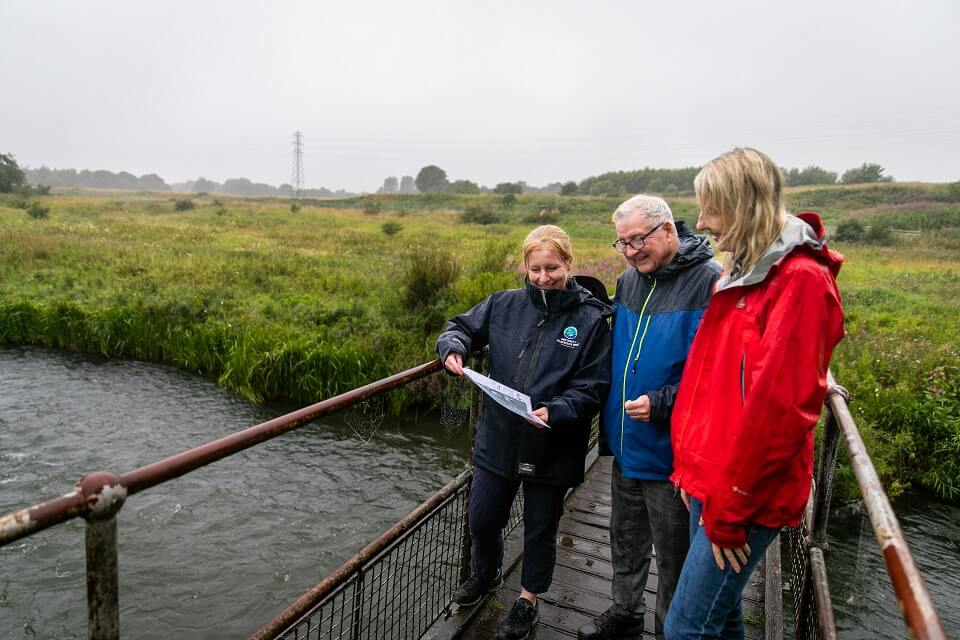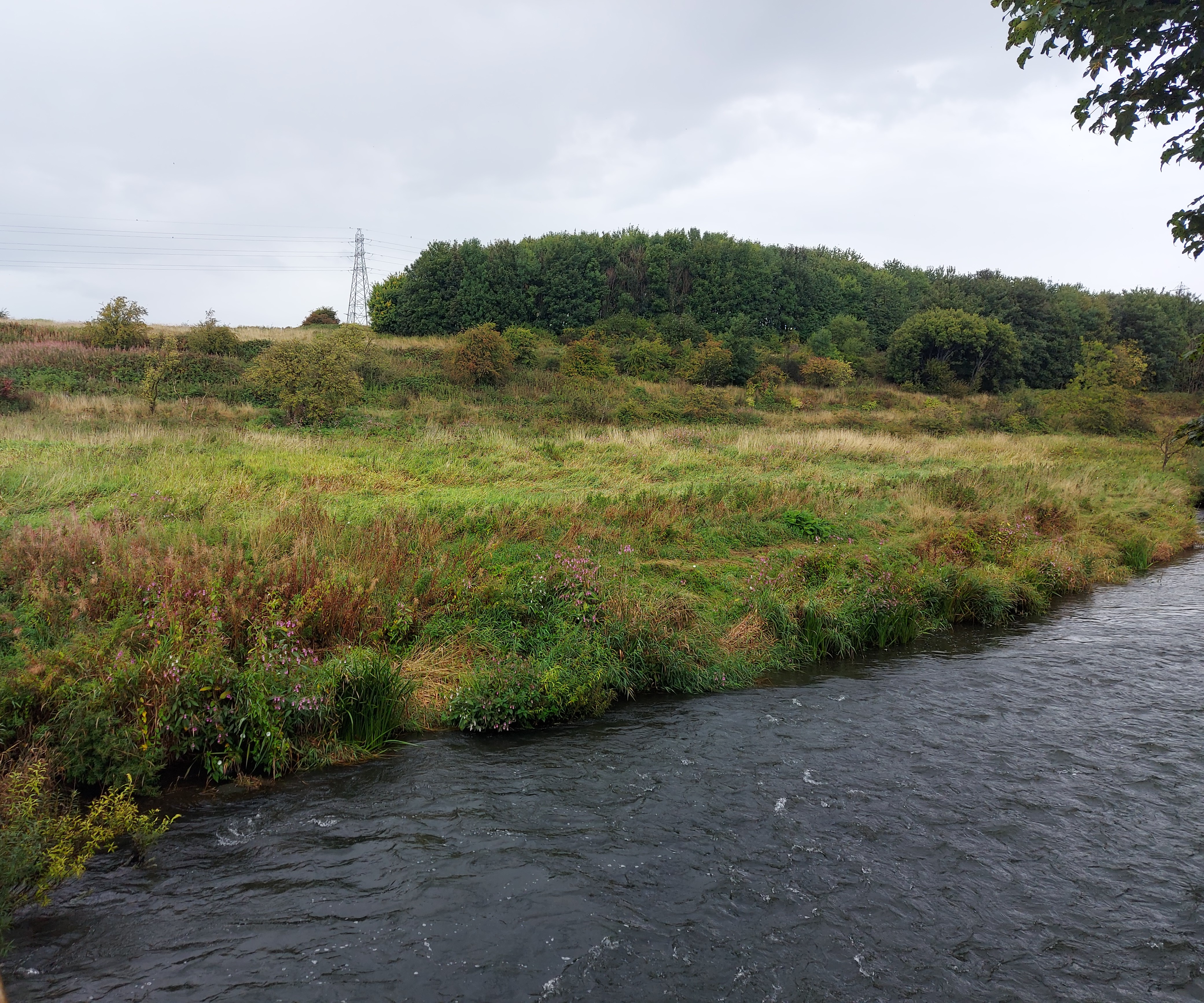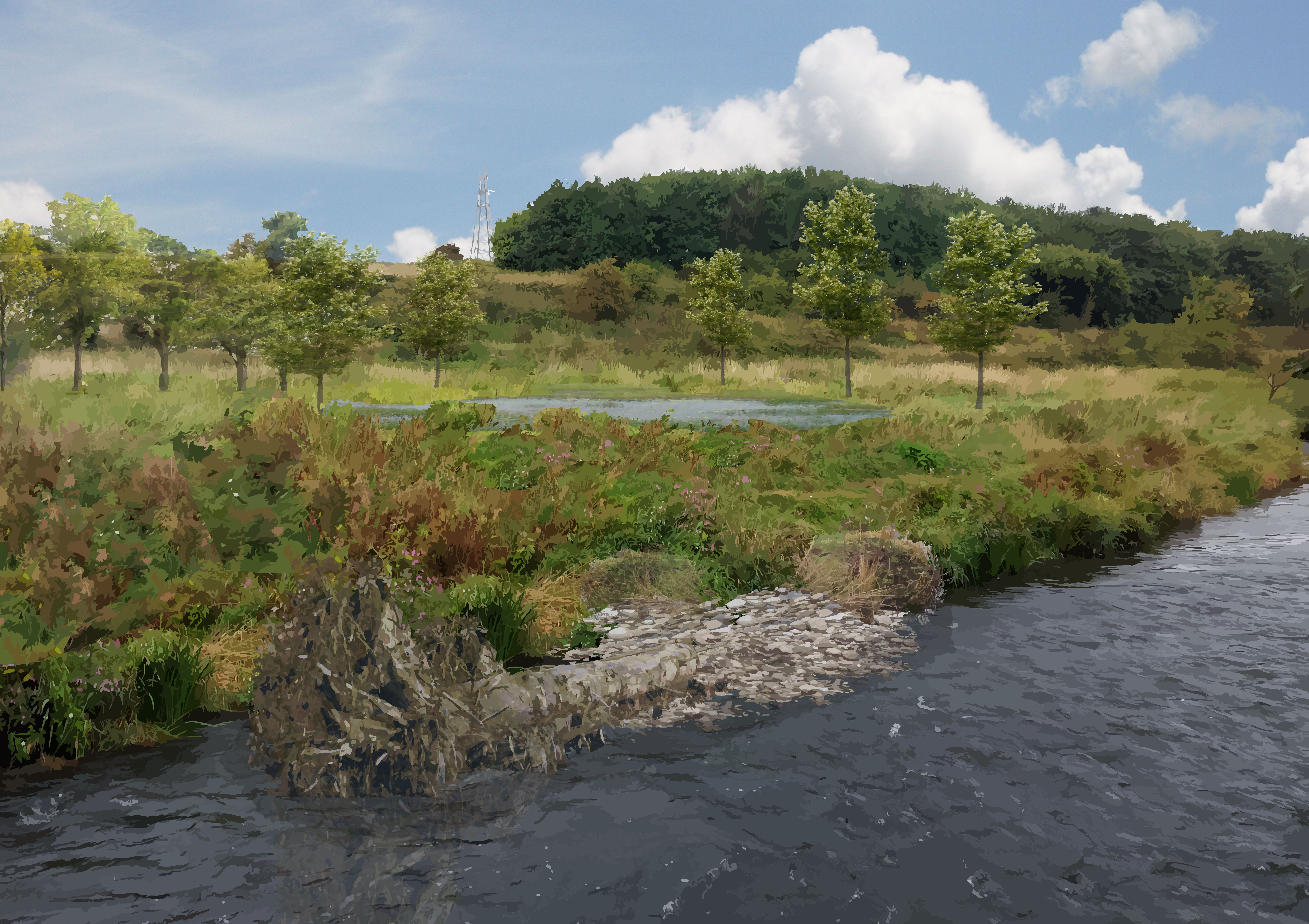Published Date: Aug 1st, 2023

Work is set to start on the first phase of the Restoring the River Leven project which signifies a key milestone for the project and the wider Leven Programme.
The River Leven itself flows 29 miles from Loch Leven into the Firth of Forth at Leven and to this day continues to support businesses to deliver products and create jobs. However, historic modifications to the river as a result of industry that are no longer used have impacted the way it functions and placed this natural resource under pressure.
The Restoring the River Leven project aims to improve a 2½ mile stretch of the River Leven flowing from Cameron Bridge to Leven for the benefit of local people and wildlife, including making it easier for fish to move up and downstream of the Burn Mill and Kirkland Dams to breed and thrive.
The first phase of works will soon be delivered on the north shore around the new Cameron Bridge Station and Duniface Crossing Point (known locally as Swaines Bridge) in close collaboration with the Levenmouth Rail Link project.
Cbec eco-engineering, river restoration specialists, are a key part of the project team and have used their wealth of experience and knowledge of this and other river systems to design the restoration improvements.
Alison Wilson, North Team Leader and manager on the project explained more about what’s planned.
She said: “As part of these improvements, locals will see the creation of shallow, ponded areas that help promote much needed wet woodland habitat, the addition of some large wood along the riverbanks which encourages natural process and provides shelter and habitats for invertebrates, fish and birds and planting of a range of native trees and wetland plants.
“With any project like this the area may look muddy and stark to begin with until nature takes over and the plants and new habitat have time to develop. The improvements all go towards helping the river function more naturally and create new, important habitats for local wildlife including fish.”


Photo above shows a 'before and after' of what the improvements could look like.
Hannah Swanson, Leven Programme Manager, added: “Once an economic powerhouse and industrial vein, it’s our vision to showcase the River Leven once more for the benefit of local communities.
“Multiple organisations have come together to develop ambitious plans over the last few years, and work beginning on the ground to restore the River Leven is an exciting step forward.”
Where practical the Restoring the River Leven project is looking to allow the river to work more naturally within its very urban setting.
This requires finding a balance between physical constraints such as railways, bridges and pipelines with the desire to regenerate a more natural environment and to remove or adapt some of the more historic infrastructure that is no longer used.
This work, and that at other locations across Fife, is only made possible as the result of targeted funding.
The project is delighted to have received significant support from the SEPA Water Environment Fund, without which this work would not be possible.
Lynda Gairns, River Restoration Specialist at SEPA, continued: “Scotland’s rivers have benefited from more than £25m investment from the Water Environment Fund (WEF) in the last ten years, improving the environment for people and wildlife, while also increasing resilience to climate change.
“Restoring the River Leven’s natural course and easing barriers to migrating fish are great examples of this. It will improve fish passage, river habitats and biodiversity.
“We look forward to continuing to work closely with all partners involved and the local community in support of the project.”
Working with the Rail Link project will help minimise any disruption to the local community during the works phase and ensure work is coordinated with no impact on the Rail Link project timelines. This partnership working has also enabled opportunities for material and compound reuse between the projects helping reduce cost and carbon footprint.
Councillor Colin Davidson, convener of Fife Council’s Levenmouth Area Committee, concluded: “This is one of a number of important river restoration projects being delivered across Fife led by Fife Council and being managed on their behalf by Fife Coast and Countryside Trust.
“It’s great to see work about to start on site and it will make a real difference.”
Notes:
Fife Coast and Countryside Trust is managing the Restoring the River Leven project on behalf of Fife Council.
The remaining restoration improvements being progressed by the project including work on the Kirkland and Burn Mill Dams will be delivered in phases from Spring 2024 and through into 2025 subject to funding and permissions.
To find out more about the project go to the website or link into the Leven Programme's social media channels.
Photo caption: Sarah MacDonald, Fife Coast and Countryside Trust project manager, Councillor Eugene Clarke, vice-convener of the Levenmouth Area Committee, and Lynda Gairns, river restoration specialist at SEPA, out on site.

